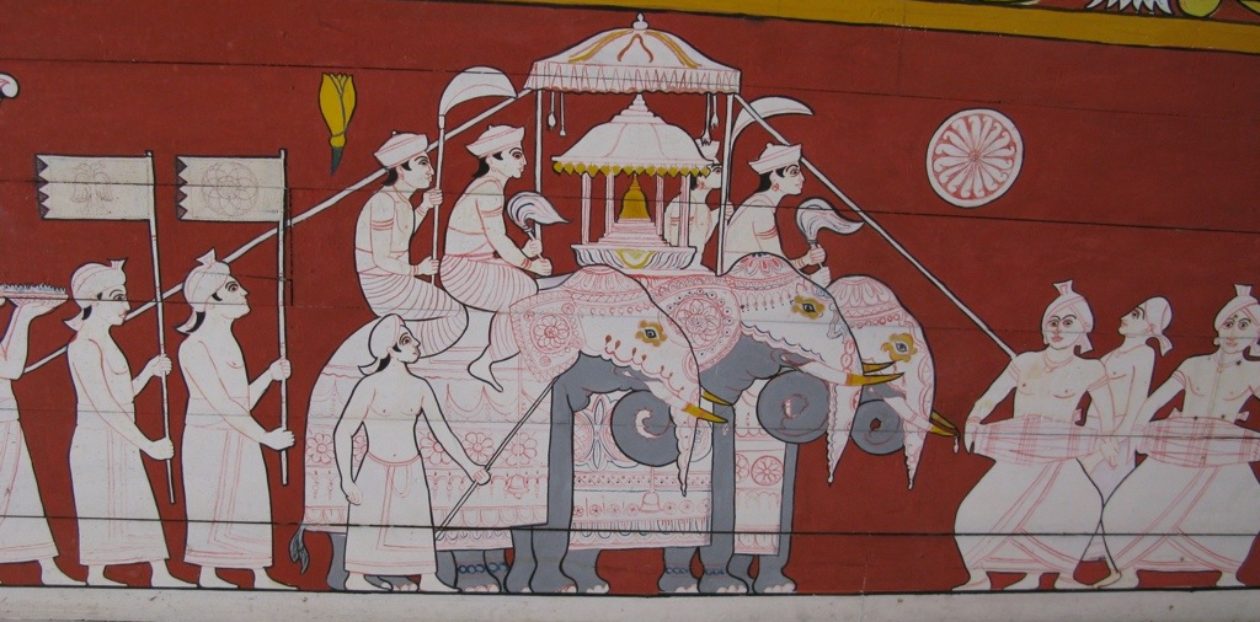29 Aug 2018
Morning Walking Tour of Munich
We pre-booked a walking tour of Munich to familiarise ourselves with the city using a local. The meeting point was at the Munich Central Station which was across the streeet from our hotel.
Our guide was a proud Bavarian who grew up in Munich. We were told that 80% of Munich was damaged by allied bombing in WW2. Our guide felt that Munich was penalised because it was the birthplace of Nazism although Hitler was in Munich for only 12 years.
A rapid rebuilding programme began after the war and intensified when Munich won the right to host the Olympics in 1972. Most of the buildings were rebuilt with outside to look like the original buildings but the inside is all modern.
There are 76 churches in town. Most of them are Catholic with a few Protestant.




Interior of Frauenkirche. It also contains the tomb of Emperor Ludwig IV of Bavaria.

Our walk ended in Marienplatz. I had a 1:15pm tour to Dachau which Dianne was not keen on. We had lunch and I headed for my tour. We were meeting in front of the tourist information office in Marientplatz.
Tour of Dachau Concentration Camp
We took a train from Marienplatz to Dachau. Our guide told us that the station where we got off is the exact station where detainees would have got off trains transporting them. This felt eery. The camp itself was 2km from the station. The prisoners usually walked or were transported on lorries. We took a bus to the Dachau Historical site.
Dachau started out as a camp for Germans (mostly intellects and political opponents). This was enabled by the suspension of regular German law covering human rights and allowed for detention without trial. With the change of political attitudes in Germany, later inmates were Gypsies, homosexuals, Jehovah Witnesses and finally the Jews.
It is interesting to note that the British used detention without trial in the colonies to suppress political dissent. Some of these laws have been used and still maintained in ex-colonial countries. Australia is inching in that direction without proper oversight.

Dachau was built as a model camp with the latest technology available. It was to be the template for other concentration camps built by the Nazis. Outside the camp, Dachau also hosted the training school for SS soldiers.




Dachau was one of the last camps to be liberated. The statistics above shows increase in prisoner numbers towards the end of the war. This is because as the Germans were losing ground to the east to Russians and to the west to the Americans, French and British, inmates from concentration camps in those areas were being transported to Dachau.









Munich at night...



































